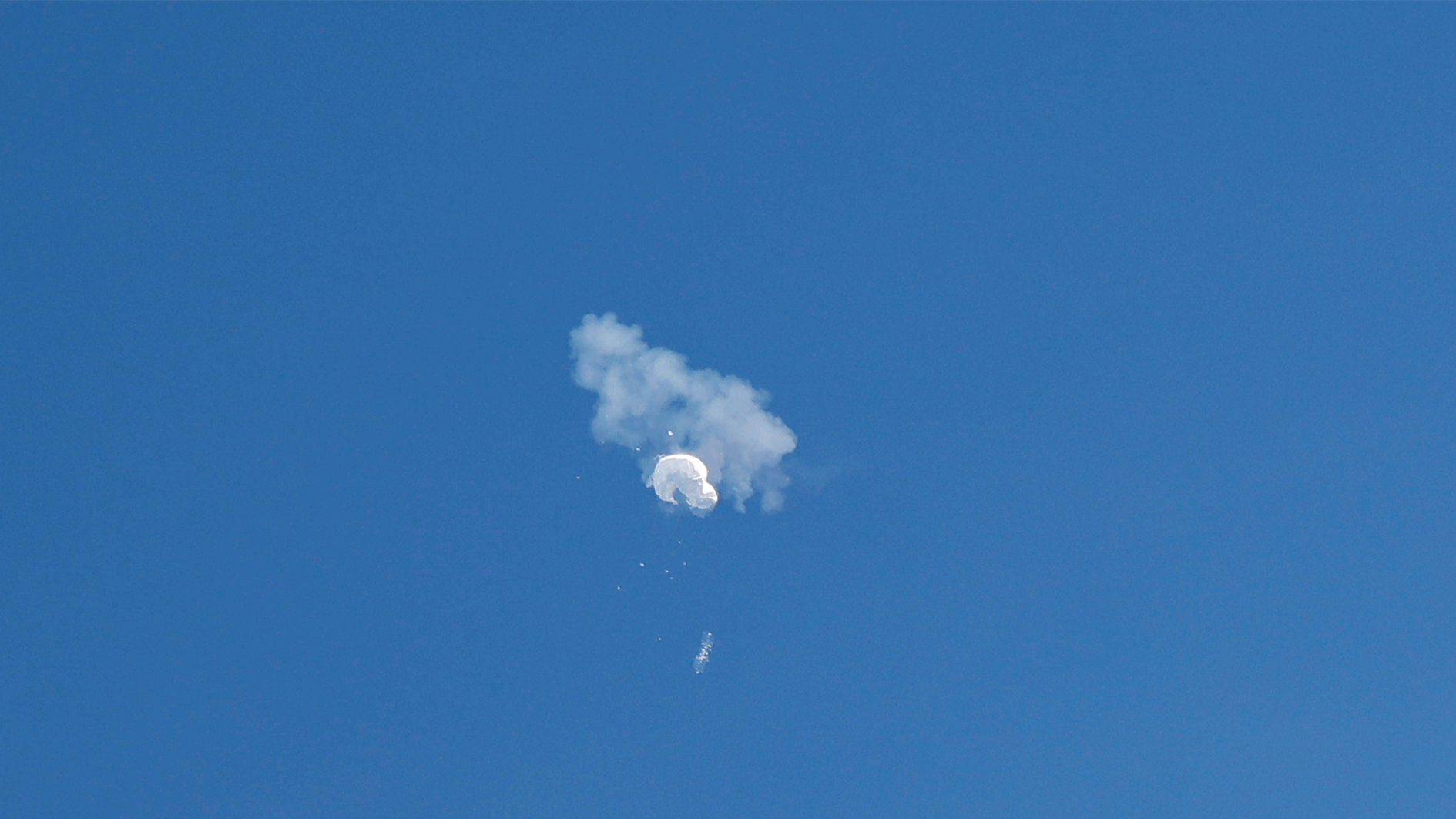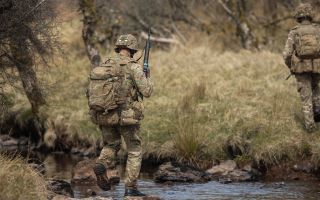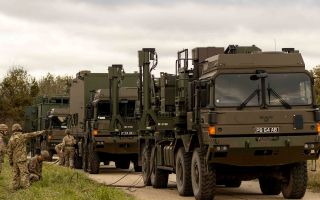Spy balloons vs satellites: How do they compare for surveillance?
In a technological age where satellites are available for intelligence gathering, why would China decide to use a balloon to allegedly spy on another country?
That is what many have been asking after a US F-22 fighter jet shot down a suspected Chinese spy balloon off the east coast of the US.
A Pentagon defence official said the balloon was intended to monitor sensitive military sites as it travelled across the US over several days - although China insists it was a weather balloon that floated into US airspace accidentally.
Forces News has spoken to a former officer with the US defence intelligence agency for her assessment of what advantage there could be for using a balloon rather than a satellite to gather intelligence.
Rebekah Koffler, CEO of Doctrine and Strategy Consulting, told Forces News with a balloon you have "an intelligence collection asset that is much closer to the ground".
"This high-altitude balloon operates at 11 miles over the sea, the lowest orbit satellite is sitting at about 62 miles," she said.
"What you've got is likely a multi-sensor package, you have a high-resolution camera and you have other sensors."
High-altitude balloons operate in the stratosphere, below outer space and right on the limit of fighter jets.
Experts say it is not always the first place data collection systems would look before identifying a flying object.
Balloons are also far cheaper than satellites to launch and run, and their flight paths can be mapped out with a high degree of accuracy with today's forecasting.

Ms Koffler added: "Obviously we can manoeuvre satellites, we can control them, but once the bird is up, it's up.
"If there is a malfunction, and if you can not correct it onboard, you have to bring the satellite down and it's very, very expensive."
Other than cost, one of the reasons Ms Koffler believes China would choose a high-altitude balloon over a satellite is that they are looking for "low-tech ways" of denying the US their use of space.
Multiple intelligence experts have said the dual use potential of the balloons, military and civilian, could offer state actors plausible deniability when the platforms are spotted, drones offer similar explanations, but you cannot say the same for advanced satellite technology.
Ms Koffler believes that "they [China] are trying to really embarrass us. The United States is used to us being untouchable because we are surrounded by oceans".
She added: "The Chinese are telling us with this particular thing: 'No, no, no, we can touch you'."
Her assessment is that the world is going to see the use of "more and more" spy balloons in the future.
Ms Koffler continued: "Not just by China, but by other adversaries who are truly low-tech. Iran, North Korea, there's a lot of cooperation between those dictatorships".







